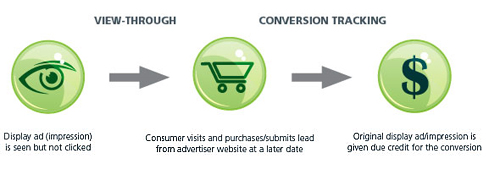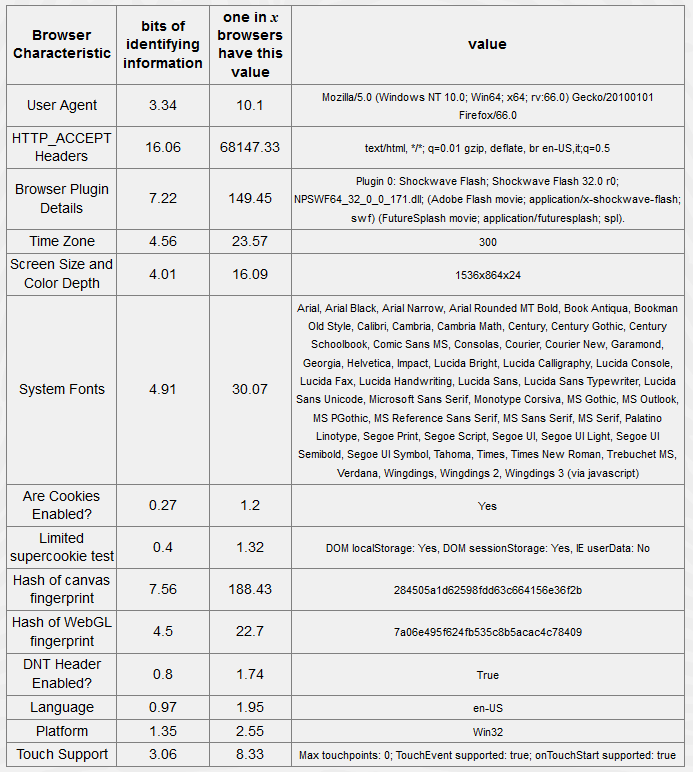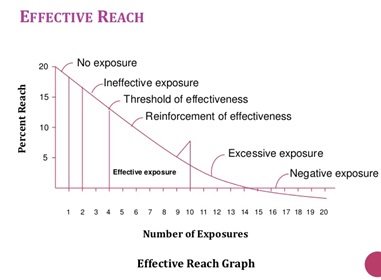A recent Webinar by Flashtalking, an ad serving/attribution technology company brought up the digital media analytics elephant in the room: 3rd party cookie tracking by display ad servers is unreliable and providing poor measurement to advertisers and their agencies.
The slow and steady decay of cookies is nothing new (Digilant 2012 Cookie Deletion Study), but seeing actual numbers that impact specific metrics is troubling. For digital advertising analytics the quantifiable impact on digital advertising campaigns is severely compromised for several key metrics.

Given the focus of Viewthrough.org, it is worth specifically focusing on the relevant findings of Flashtalking’s recent Cookie Rejection Index research that was shared during the Webinar.
By testing legacy and their proprietary methods together in the same campaign, Flashtalking is able to observe a strictly 3rd party cookie-based count and a machine fingerprinting (plus cookie) count, compare them and then determine and report on actual 3rd party cookie measurement efficacy. Discerning digital marketers need to check for themselves and benchmark their current tech stack’s accuracy.

For the regular research study, Flashtalking analyzes 25 of their client’s brands, Flashtalking analyzes tracking simultaneously using both cookies and their proprietary machine fingerprinting methodology called the ftrack ID, which probablistically establishes digital identity on a given device. Not perfect but a major step forward and better than legacy ad serving methods.
Machine Fingerprinting 101
Before diving into the affected metrics, a quick primer on machine fingerprinting will be helpful. This alternative method of digital identification arose because of the problems with cookies which require a Web server to place them via browser on a user’s machine and then to retrieve them. Better analytics solutions and ad networks have been using this method for years. Unlike cookies, machine fingerprinting tracking cannot be rejected, blocked or deleted. However, they are not as precise hence the term probablistic (likely).
For those unfamiliar with this passive method of tracking, visit and test a Web browser on Panopticlick from the Electronic Frontiers Foundation. Machine fingerprinting relies on the unique combination of browser characteristics, e.g. plug-ins and extensions that are shared with the Web server being accessed. Nothing new there.

Unreliable Ad Server and Attribution Metrics
The fact is that legacy ad servers, certain analytics and multi-touch attribution platforms that have not dealt with this problem are providing junk metrics. None of them are providing any transparency on how bad their count really is or trend data. As a result most digital marketers are blissfully unaware.

On the flip-side, many ad networks have solved for this problem as it immediately impacted their bottom-line. Worse campaign optimization on their side leads to worse advertiser results. That said, rarely is it mentioned or internal research about it shared with digital advertiser clients or their agencies. Most are usually only concerned with results and don’t ask questions.
For their part, Flashtalking’s research is revealing just how bad it is and found the following ad metrics seriously compromised:
- Conversions are understated by an average of 40% (this includes viewthrough conversions and by extension viewthrough visits)
- Reach is overstated by 97% meaning that ad server reporting are exaggerates
- Frequency is understated by 41% meaning that ad server reporting misses more than half the repeat impressions

The above figures include desktop, mobile and tablet device types. Flashtalking also provided additional reporting that compares desktop to mobile showing the true story. Ad server performance for mobile platform metrics is significantly worse:
- Conversions understatement from 11% to 79%, about 7x worse for mobile
- Reach overstatement from 26% to 128%, about 5x worse for mobile
- Frequency understatement from 20% to 50%, about 2.5x worse for mobile
The impact of the above should be a cause for concern for digital marketers seeking to understand display’s passive branding effects, multi-touch attribution and even ad viewability. Considering that many digital advertisers are not incrementality testing or calibrating viewthrough measurement the metrics from ad servers are almost worthless.
Learn more about Big G’s solution to this problem at Tip of the Spear Blog.